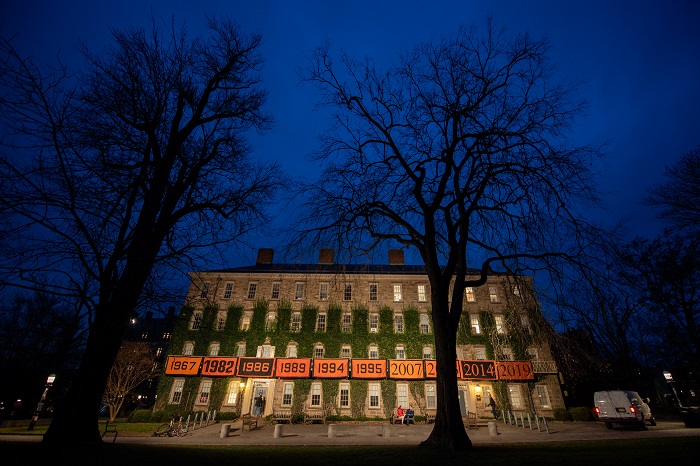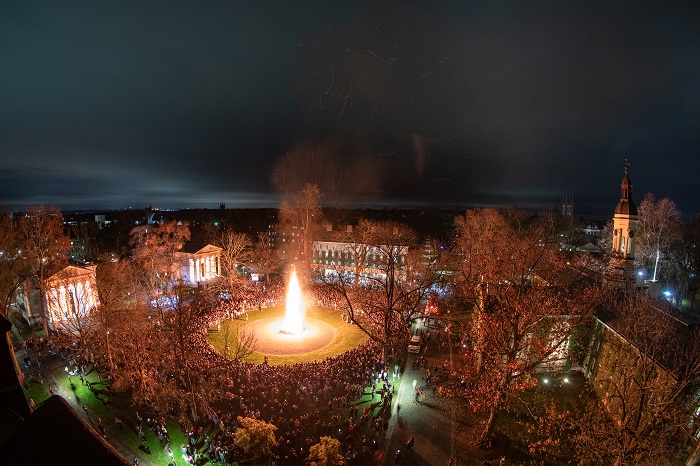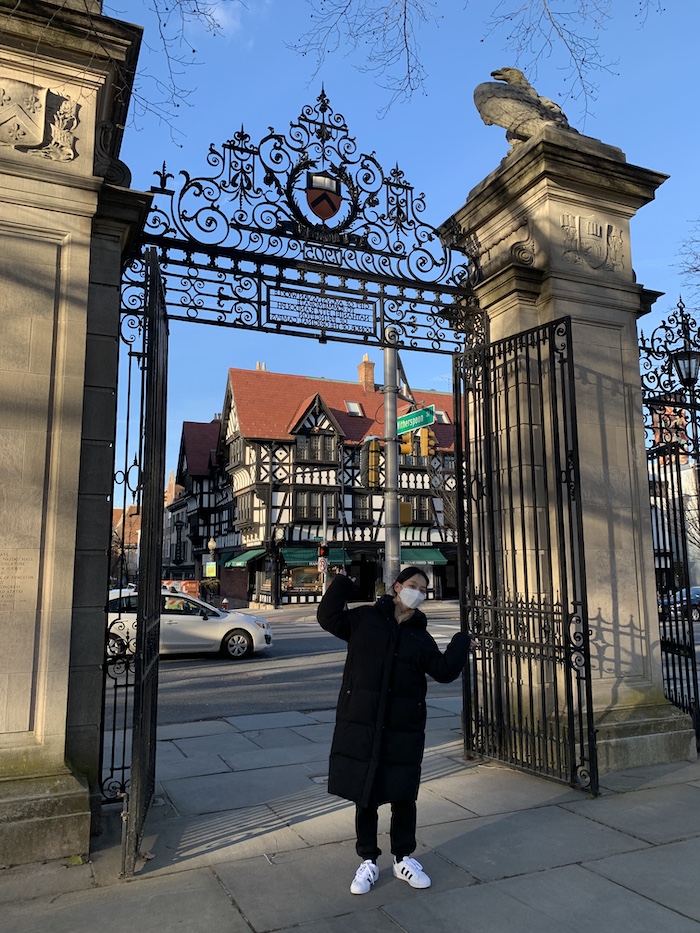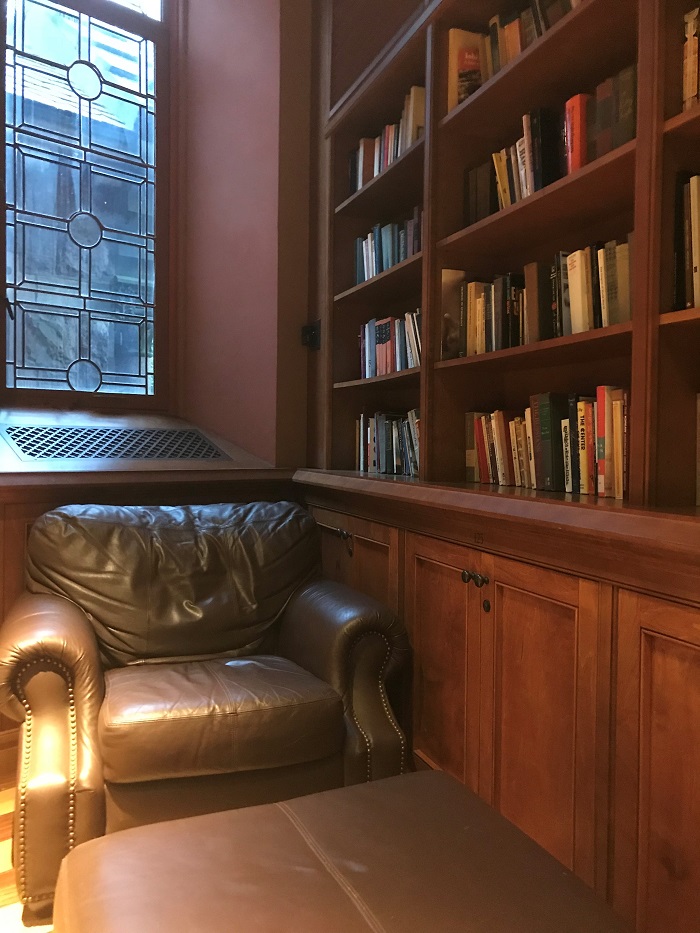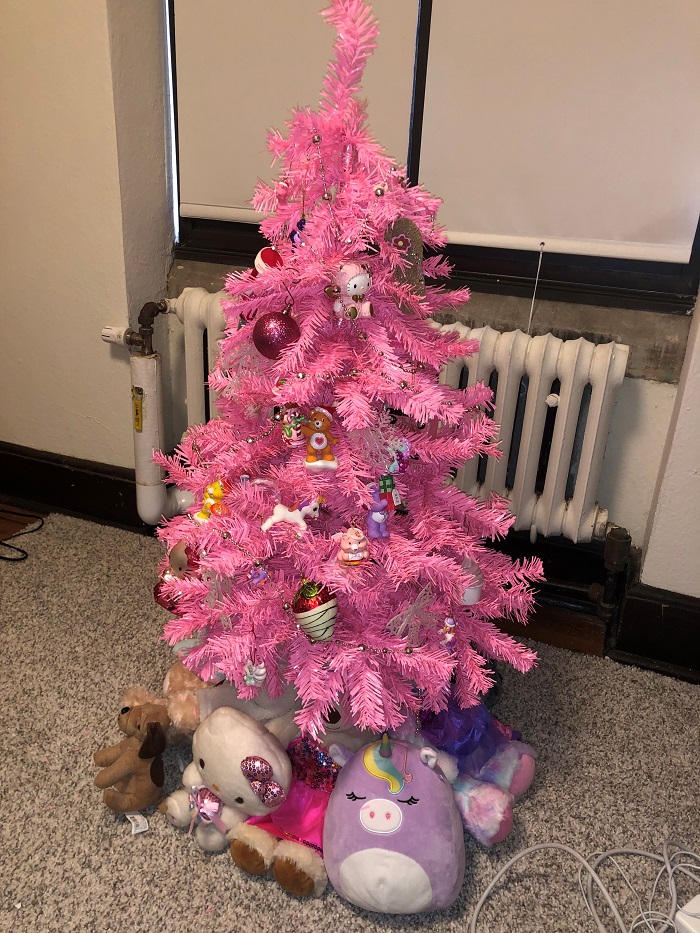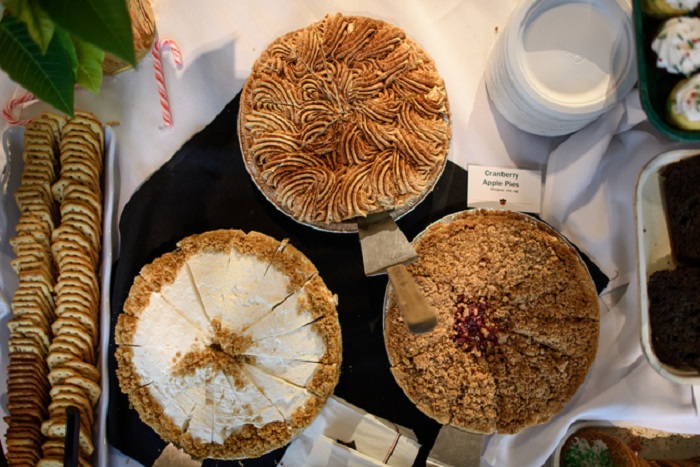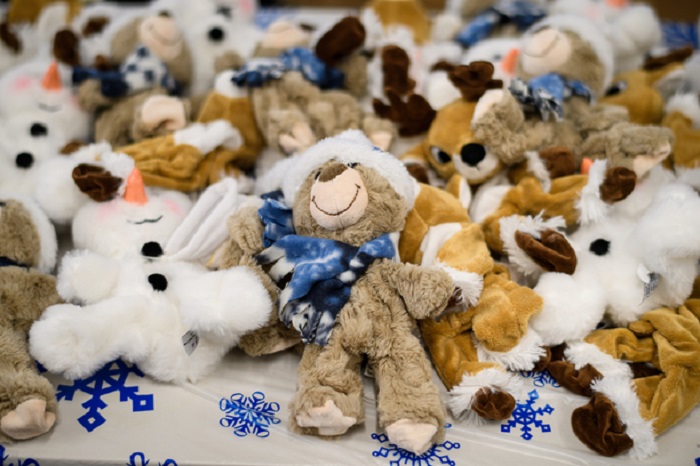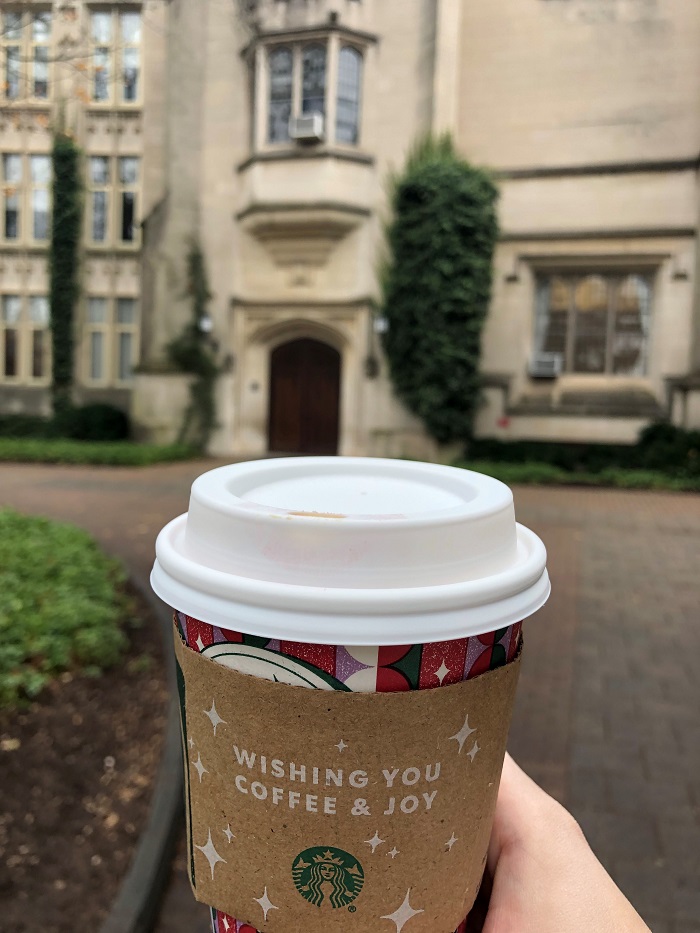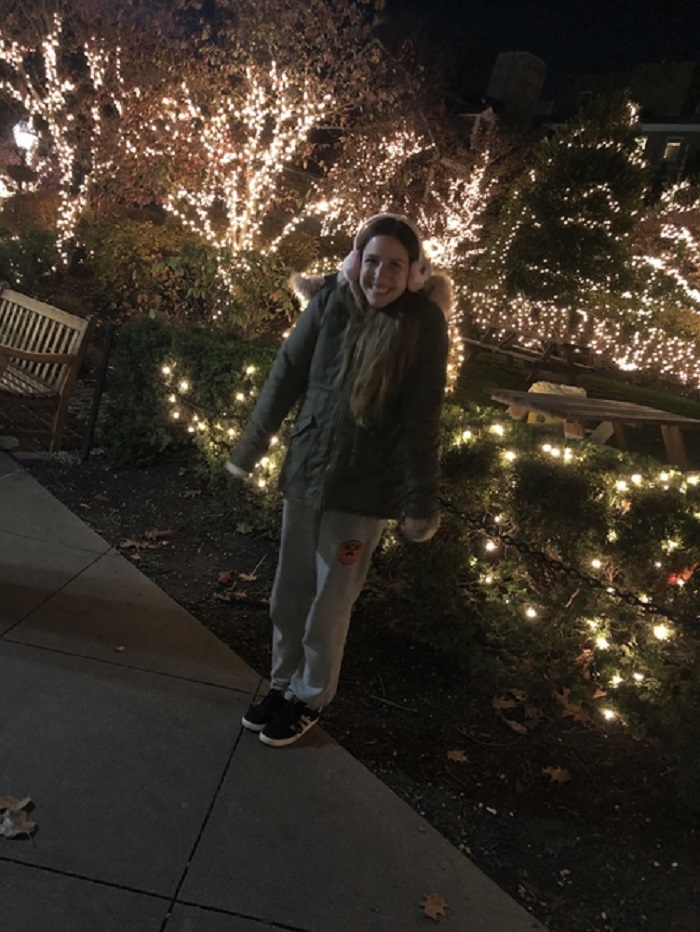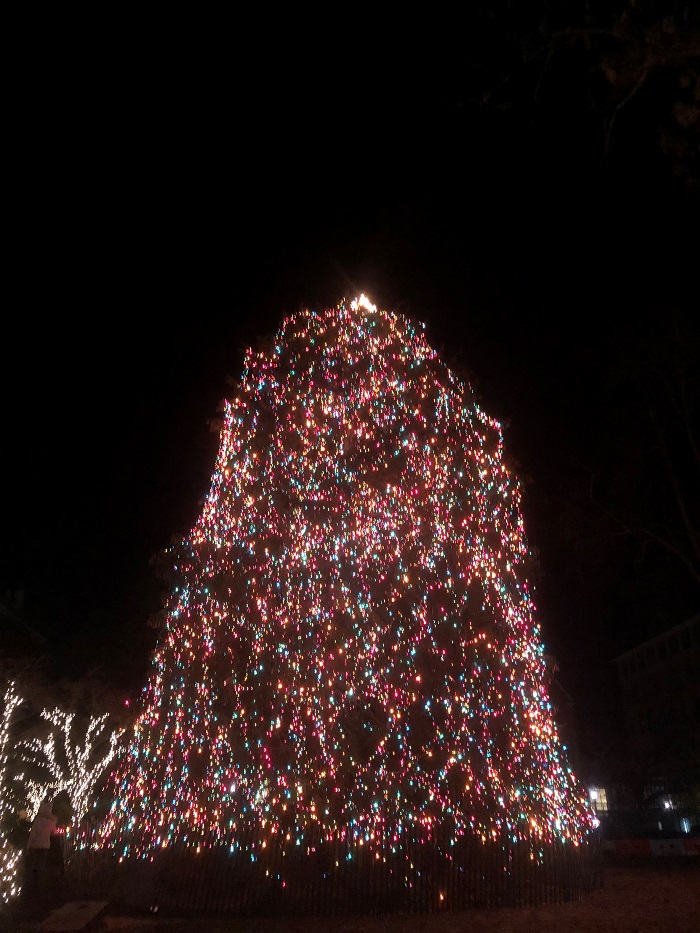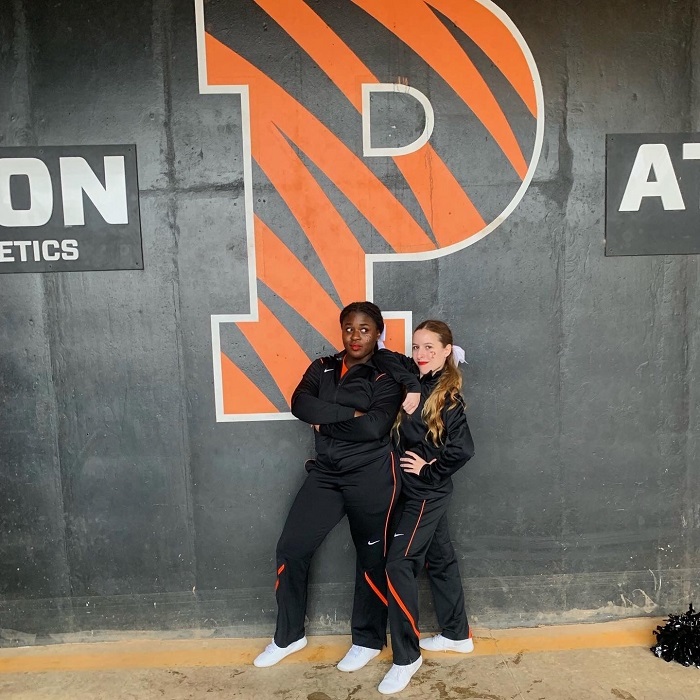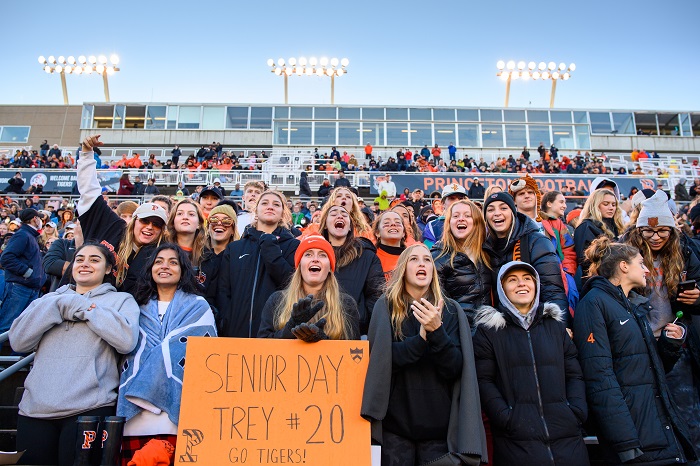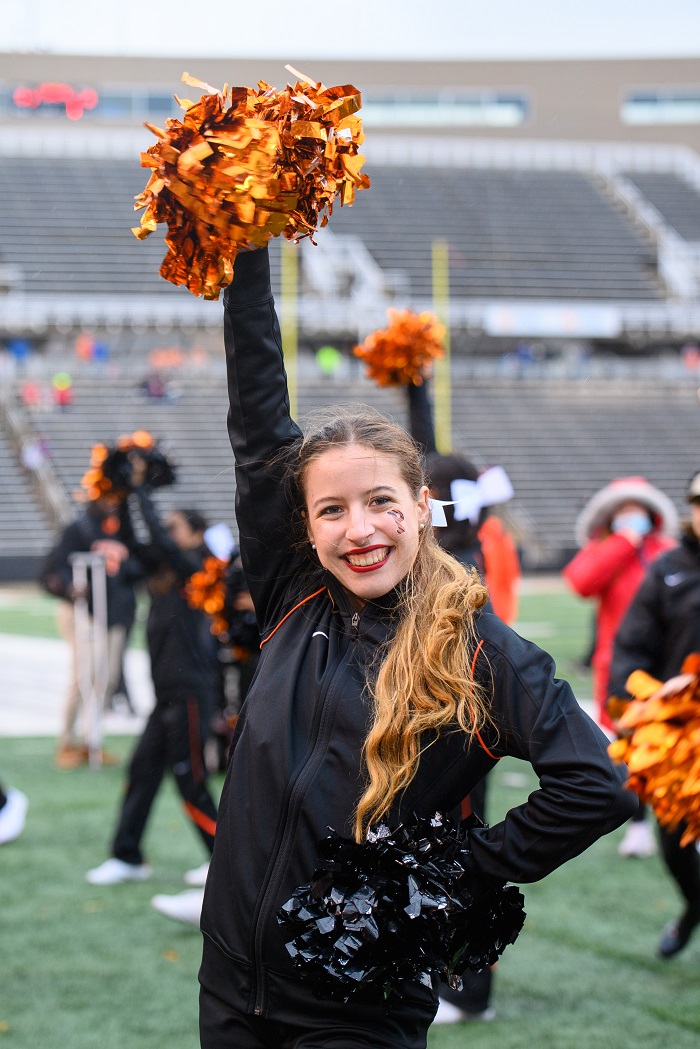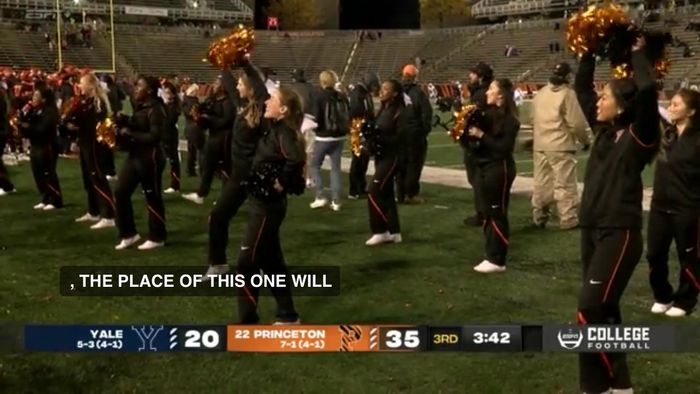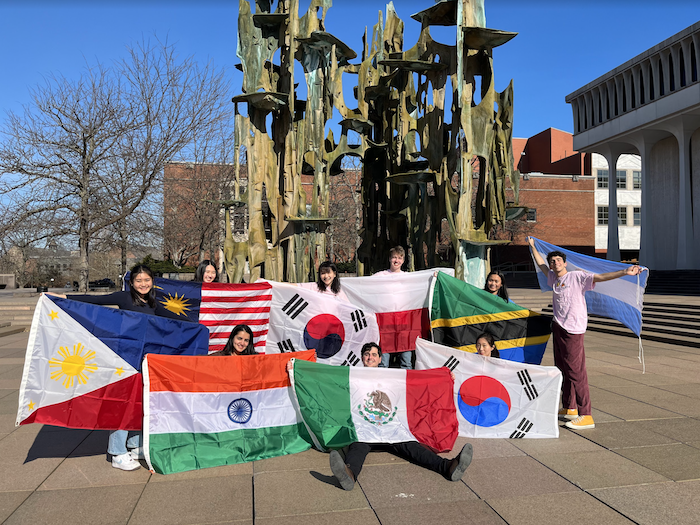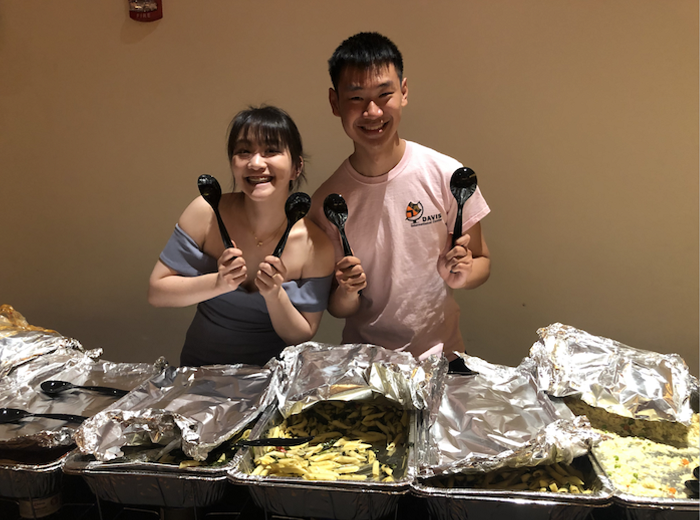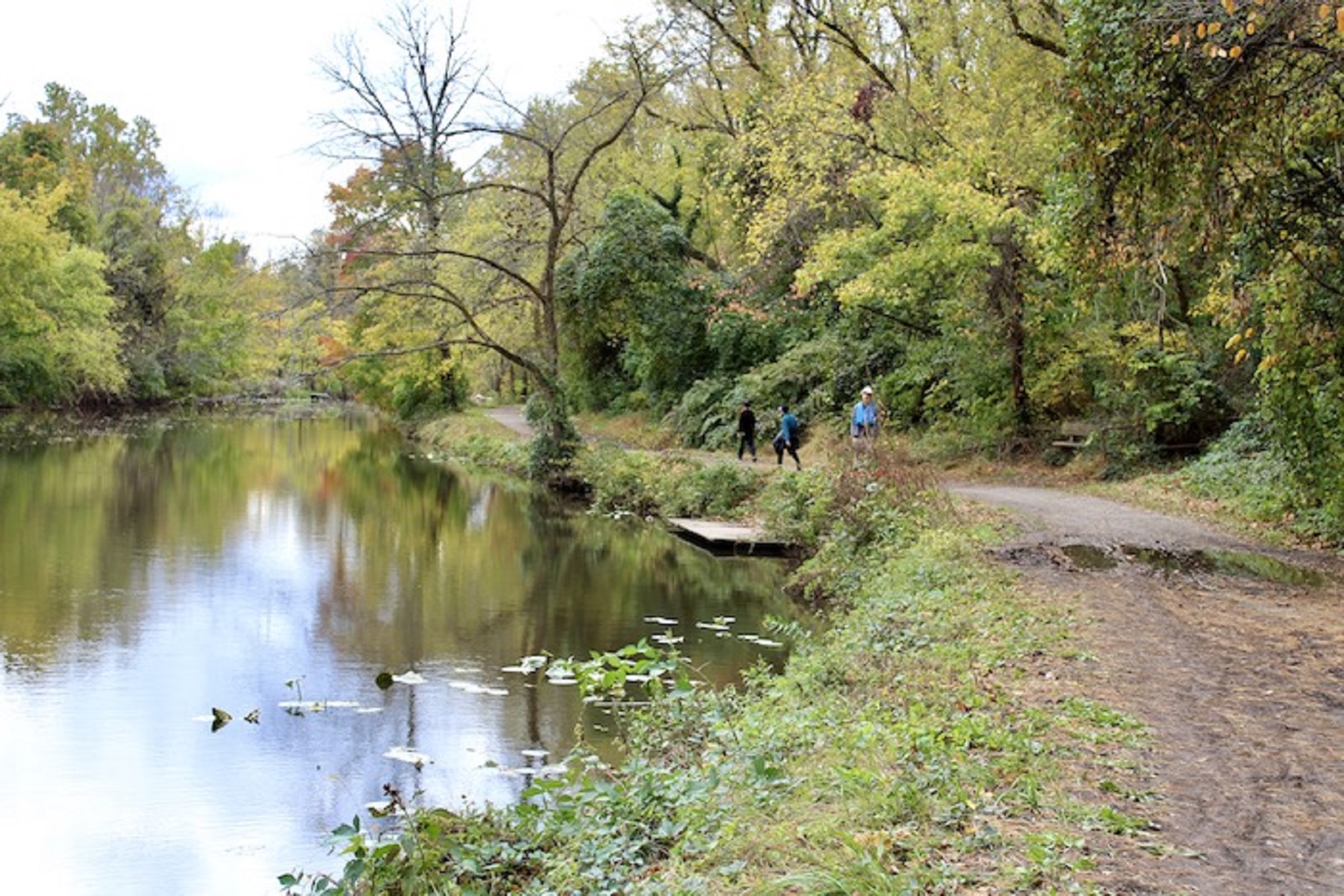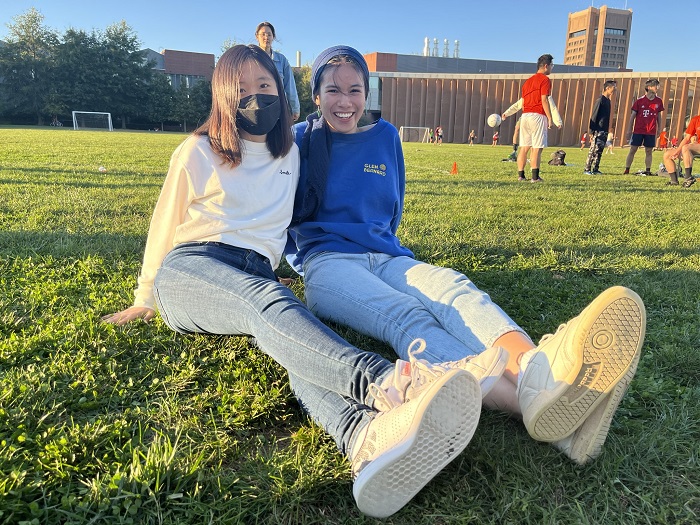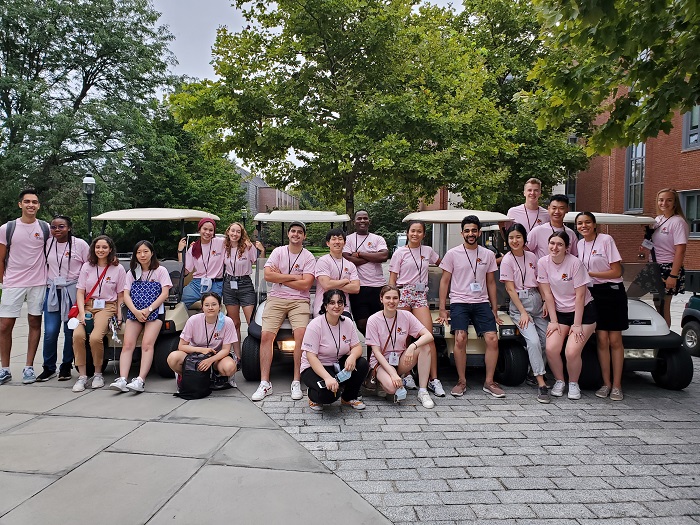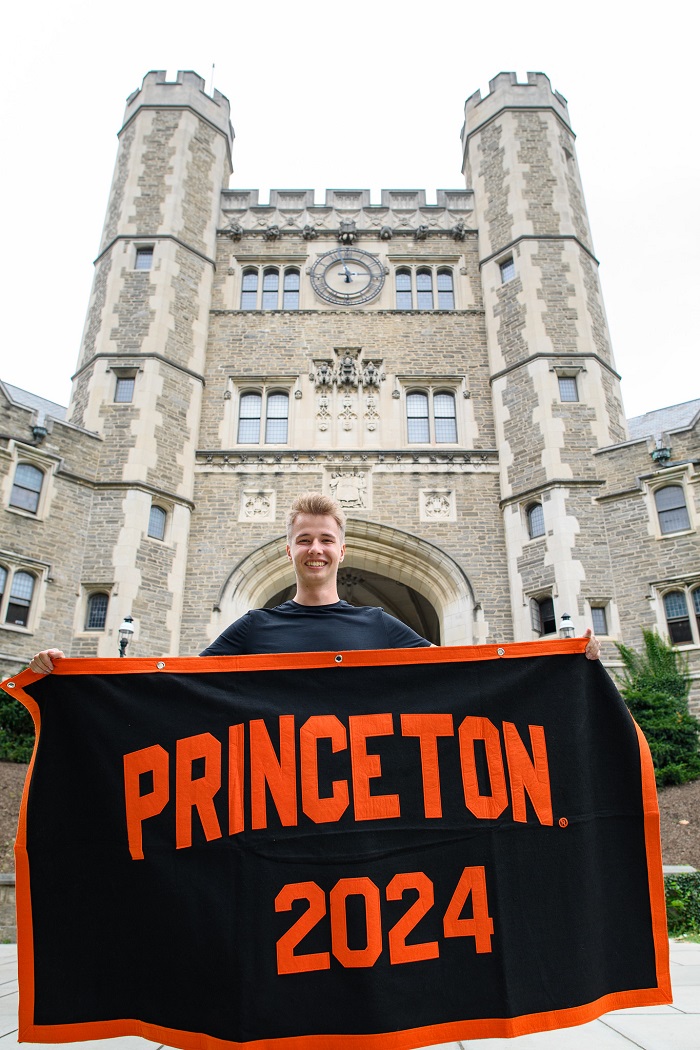I’m a bit obsessed with the holiday season...catch me on #holidaytok for sure. My family puts up our Christmas tree immediately after Halloween (November 1, to be specific). During that first week, all of the fall decor comes down and the holiday decor goes up: snowflake gels pressed onto the windows, gold lights strung across the trees, toy reindeer and “let it snow” signs stacked on the kitchen island. After we connect our holiday music to the house sound system, we’ve basically transformed into the North Pole in the middle of N.J.
Given how whole-heartedly we celebrate the holidays at home, when I was a first-year at Princeton, I remember missing the rush to decorate and sing Ariana Grande’s “Santa Tell Me.” It felt strange to not set up a tree after Halloween, and I started longing for spaces where I could get into the holiday spirit. Over the past few years, I’ve found many ways to satisfy my Christmas music cravings and decor instincts. If you’re also on #holidaytok, check out some of the ways that I like to celebrate at Princeton throughout November and December!
Mini Tree
It’s a pink Christmas! This year, I bought a 4-foot pink tree to decorate in my dorm room. It was super easy to set up and a quick find on Amazon. I used a bunch of my ornaments from home so that I could feel like I was in my own house around the holidays. I plan to put all of my gifts for friends and family before break under the tree so it’ll be extra festive.
PSEC’s WinterFest
As a Program Chair of the Princeton Student Events Committee (PSEC), I’m involved in planning school-wide events that function as study breaks and fun outings with friends. One of our annual events is WinterFest, where you can make holiday stuffed animals and winter crafts, take photos with winter backdrops, and eat yummy food like pies, latkes, cheesecake bites and so much more. It’s literally a huge food buffet in the middle of Frist Campus Center.
Starbucks Holiday Drinks
While there are a ton of places to get coffee on campus, I can’t resist the Starbucks holiday drinks. And since we’re lucky to have a Starbucks right on Nassau Street (literally right across the street from campus), I’ll often pop in for something festive.
Palmer Square Lights & Tree
Every year, Palmer Square (a shopping & dining area walking distance from campus) decorates one of their biggest trees with beautiful rainbow lights. It’s a tradition to take photos in front of the tree! The whole surrounding area is also decorated with tons of gold lights that always remind me of the ones my family has at home.
Cannon Club Tree Decorating
My eating club Cannon also has its own holiday events and food. I especially love decorating the tree-- if you couldn’t tell by now, I’m really into Christmas trees. We drink hot chocolate, eat cookies and blast holiday music together.
Cheer Holiday Practice
Princeton Cheer always has its own holiday practice, where we dress up in holiday outfits and play fun games. Typically our coach will bring hot chocolate and desserts, and we’ll split up into teams to compete in a bunch of challenges.
Secret Santas
Secret Santas are one of my favorite parts about being on campus during December. My family never did Secret Santas growing up, so this is a bit of a new tradition I’ve started at Princeton. Each year I participate/organize multiple Secret Santas with clubs and teams that I’m a part of. It’s so fun to meet up with friends and exchange presents.
Not only does Princeton look absolutely magical in the snow, but it has a lot to offer when it comes to all things winter and holidays. Of course, I look forward to winter break at home with my family, but I now get equally excited for the holiday season at school!
